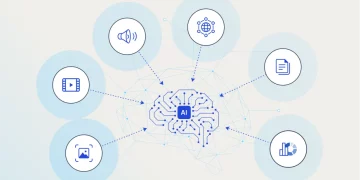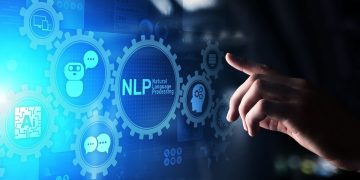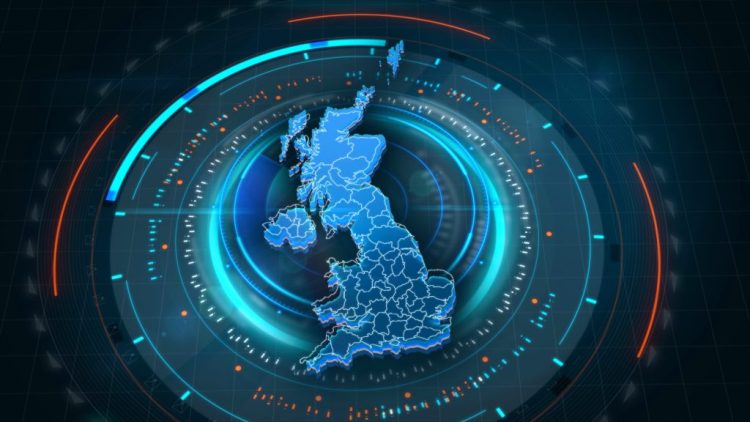United States: From Self-Regulation to Strategic Enforcement
In 2025, the U.S. has moved from a hands-off approach to a more structured regulatory framework for AI. Key developments include:
- The AI Bill of Rights, introduced by the White House, now guides how AI systems must respect privacy, transparency, and fairness in high-impact sectors like healthcare, hiring, and law enforcement.
- The National AI Safety Board, modeled after the FDA, oversees the testing and release of frontier models from companies like OpenAI, Anthropic, and Google.
- Federal procurement laws now require algorithmic auditing and explainability in all government-deployed AI systems.
- Significant funding is directed toward public-interest AI research and compute grants for academia and non-profit labs, reducing dependency on private tech firms.
This regulatory tightening increases compliance costs but promotes public trust and ensures safety in critical AI deployments.
European Union: Regulatory First-Mover
The EU’s Artificial Intelligence Act (AIA), fully enforced in 2025, is the most comprehensive legal framework governing AI globally. Its key features include:
- A tiered risk classification system, where AI systems are labeled as unacceptable, high-risk, or low-risk.
- Strict requirements for data quality, human oversight, and transparency for high-risk systems (e.g., credit scoring, biometric surveillance).
- Real-time audit rights granted to regulators over foundation models and large-scale applications.
- A new European AI Office coordinates compliance, enforcement, and cross-border AI safety initiatives.
While some startups criticize the EU’s framework as restrictive, many multinationals view it as the de facto global standard, influencing design choices across borders.
China: Sovereign AI with Tight Central Control
China continues its top-down governance model, emphasizing both innovation and control:
- The Interim Measures on Generative AI Services, effective since 2023, now cover real-time content filtering, watermarking, and identity registration.
- All foundation models deployed within China must undergo security reviews by the Cyberspace Administration of China (CAC).
- Local data mandates prevent the use of foreign training data and require onshore data storage.
- Heavy investment in state-backed AI startups and semiconductor independence is accelerating domestic innovation.
These regulations prioritize national security and social harmony, though at the cost of reduced openness and slower model evolution compared to the West.

United Kingdom: Innovation-Friendly but Cautious
The UK adopts a “pro-innovation” regulatory stance, aiming to balance flexibility with accountability:
- The AI Regulation White Paper avoids prescriptive rules, instead empowering sector-specific regulators (e.g., Ofcom, MHRA) to guide AI governance.
- A voluntary AI Transparency Framework encourages companies to disclose training data sources, model architecture, and intended use.
- AI safety testing hubs supported by the UK government provide shared compute and evaluation tools for startups and researchers.
This modular approach appeals to emerging tech firms, though some critics argue it lacks enforcement teeth in critical sectors like defense and health.
Global Governance: Coordination Without Consensus
Internationally, coordination is growing, but consensus remains elusive. Major developments include:
- The OECD AI Policy Observatory is expanding, offering guidance on risk management and cross-border data governance.
- The G7 Hiroshima AI Code of Conduct, signed in 2024, outlines principles on safety, transparency, and fair competition for frontier model developers.
- The UN AI Advisory Body proposes a framework for AI in global humanitarian and peacekeeping missions, though enforcement remains voluntary.
- Efforts to create an AI Geneva Convention—protecting against autonomous weapons and algorithmic warfare—are stalled due to geopolitical tensions.
Global alignment is progressing, but slowly. Competing priorities among China, the U.S., EU, and Global South countries create regulatory fragmentation that affects cross-border AI development.
AI Compliance and Innovation: A Delicate Trade-Off
As regulations expand, companies must adapt in key areas:
- Model documentation and transparency are now core requirements in most markets.
- Bias, fairness, and explainability testing are becoming standard in product launches.
- Legal teams work closely with ML engineers to ensure technical and ethical compliance.
- Startups increasingly adopt “compliance by design” to meet global requirements from day one.
While regulations can slow initial deployment, they push the industry toward safer, more trustworthy AI systems, especially in sensitive areas like finance, healthcare, and public services.
Conclusion: The Next Regulatory Phase
In 2025, AI regulation is no longer theoretical—it’s actionable, enforceable, and globally consequential. Whether driven by safety concerns, data sovereignty, or geopolitical power plays, new laws are reshaping how and where AI innovation happens.
The companies that will thrive are those that treat regulation not as a barrier, but as a design constraint and competitive differentiator. In this new era, compliant AI is competitive AI.











































